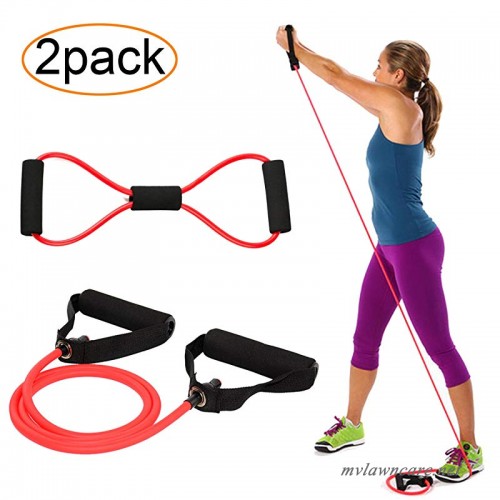Three Things that You Didn’t Know About Pilates
When many think about Pilates, they think about washboard abs and the stars – such as Cameron Diaz and Mandy Moore – who absolutely swear by this exercise’s toning ability. Mandy credits Pilates with helping her so much in her life: “I’ve always had bad posture, and Pilates makes me feel taller and reminds me to keep my shoulders back.” However, there are little-known facts about Pilates that would be of interest to you and may even prompt you to start!
Pilates Does Target The Core – But The Core Is Not Just Your Abs
Many people just think about the ‘core’ as the area on the front of the body from your ribs down to your pubic bone – in other words, the abdominal muscles. The muscles – which form your abdominal muscles – are the rectus abdominis, the traverse abdominis as well as your obliques.
However, what many newbies to Pilates don’t realise is that your lower-back muscles also form part of your core. According to the Marshfield Clinic Health System, the multifidus and erector spinae along either side of your spine form an essential part of your core. So, when people say that you should strengthen your core if you have lower back pain, they are saying that you should strengthen your abdominals as well as your lower back muscles.
Pilates is a resistance workout
When the term’ resistance training’ is referred to, our minds immediately go to weight training. Resistance training is all about making a muscle work against an external force. In the case of weight training, this is a weight. However, Pilates is classified as a form of resistance training because it uses a person’s body weight to tone various muscles.
So, if you want to start with resistance training – and it’s recommended that you do because this helps to increase bone density – you don’t need to start lifting heavyweights. All you need to do is roll out your mat and your good to go!
Pilates is a stress-reliever
If people say that they are stressed, one of the first pieces of advice that they get is to try Yoga. This is because breathwork and meditation form an integral part of Yoga practice and – according to the medical department at the University of Michigan – performing breathing exercises can help with reducing stress.
Although Pilates doesn’t involve any form of meditation, it does include breathwork. In fact, the movements are coordinated with the practitioner’s breath so that they inhale before performing a particular movement and exhale when they are actually doing it. In addition, coordinating breath with movements also focuses the practitioner’s mind and this single-minded focus helps them to forget about whatever is stressing them.
There are a great many other benefits to doing Pilates; however, these three facts are ones that people often get wrong. So, the next time that you’re in conversation – and someone tells you something that’s obviously wrong about Pilates – you can chip in and show how much you know!




